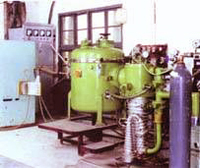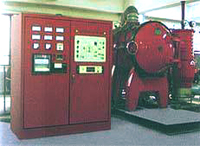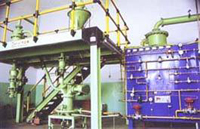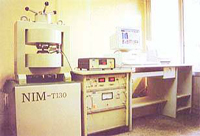How Rare Earth Magnets are Made
The unparalleled strength of neodymium magnets is only possible due to a sophisticated and delicate arrangement of atomic particles and their electron spin. The process to produce these technological marvels is no less sophisticated or delicate.
The manufacturing process for rare earth magnets in general, and neodymium magnets in particular is strictly licensed. Recently some of the most restrictive patents have begun to expire which has helped spur the growth of the market and the availability of neodymium magnets. However, Sumitomo Special Metals (now NEOMAX) still holds many patents that must be licensed by approved manufacturers.
Mining
Even though they are called "rare earth" or "neodymium" magnets, they contain a lot iron and other metals. All of the neodymium, iron, samarium, cobalt, nickel, etc comes from the ground.
Grinding and Mixing the Alloy
Once the raw material is available, it must be ground to a powder and mixed to create the various grades of materials. Different mixtures will create materials with various magnetic properties. Some are stronger, others more durable, and others can last longer in high temperatures.

Pressing
The next step is to press the mixture together into a form.
Particle Alignment
We use a large electromagnet to optimize the pressed mixture for magnetization.
Sintering
Once the particles are aligned, we can sinter the material to firmly lock everything in place.

Milling and Cutting
The material can be further refined by cutting and machining to smaller pieces. Tolerances are usually +/- 0.05mm. Micro machining specialists can work with much higher tolerances.

Plating / Coating
After the final shape of the magnet is finished, we must coat or plate each piece to protect from corrosion. This is especially true for Neodymium Iron Boron magnets which are very susceptible to corrosion. Normal platings include Nickel, Nickle + Copper + Nickel, Epoxy Coating, Gold, ABS Plastic, and Zinc.
Magnetization
Magnetization happens after all of the machining and plating. Neodymium magnets can only be magnetized in the direction they were setup for in the alignment phase.
Each magnet is inspected and sampled for quality assurance tests.


